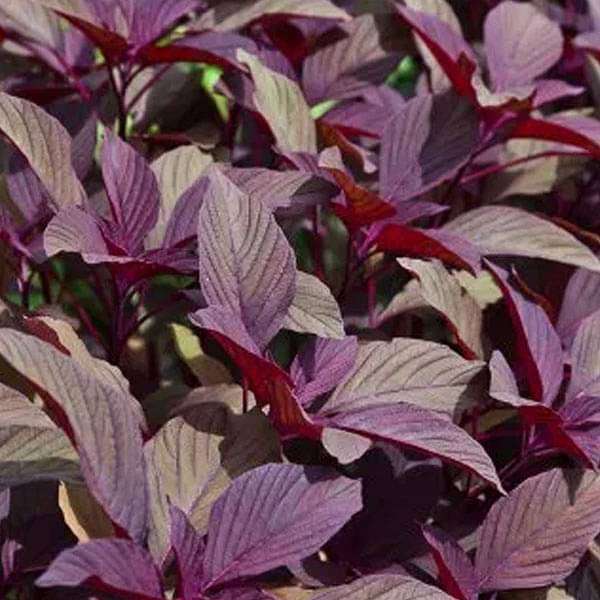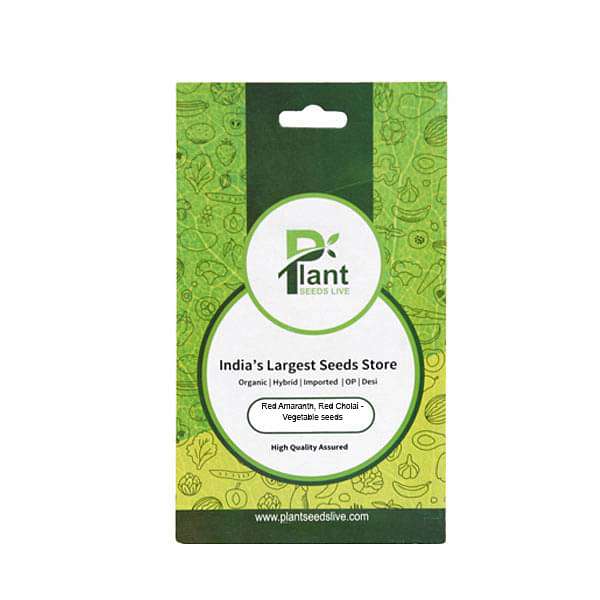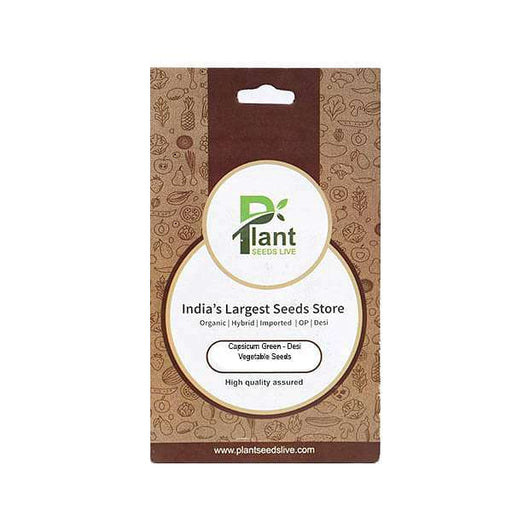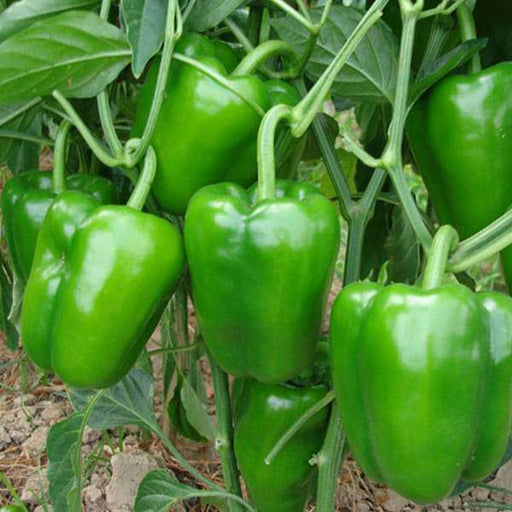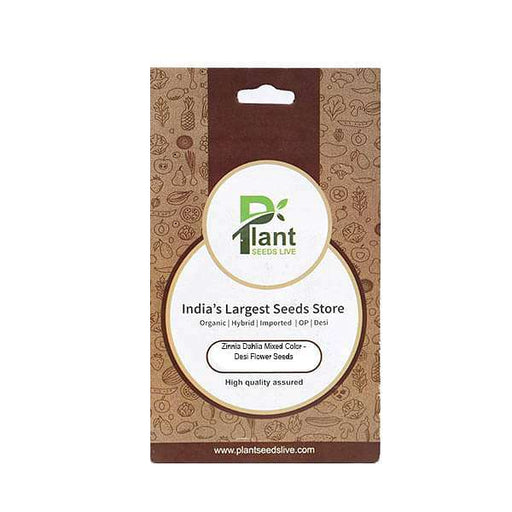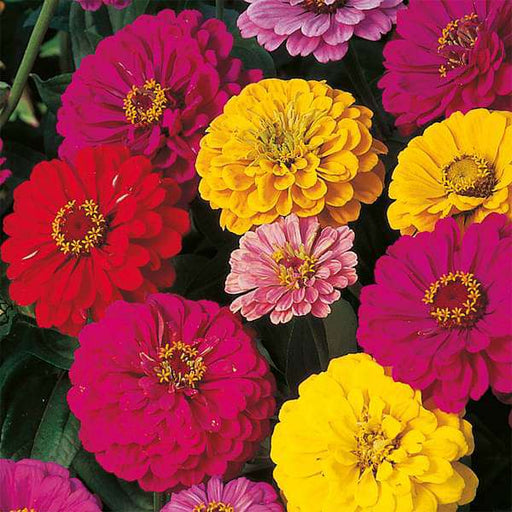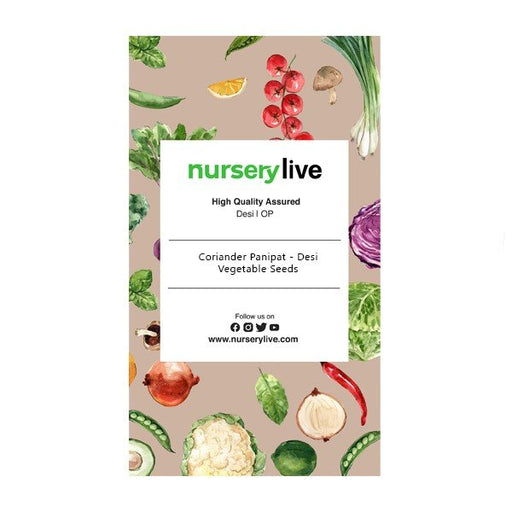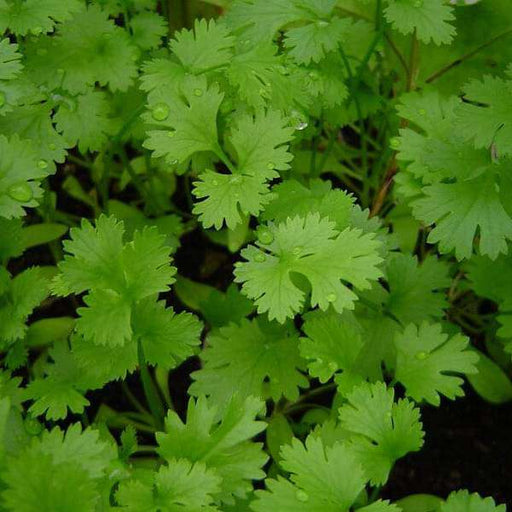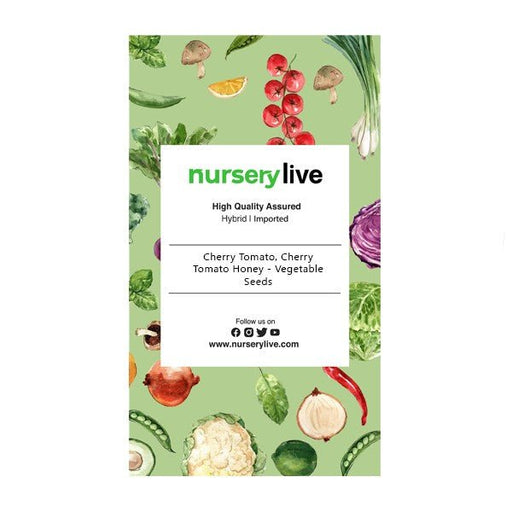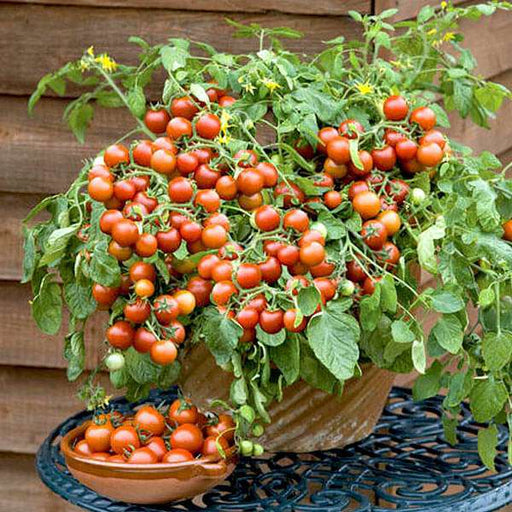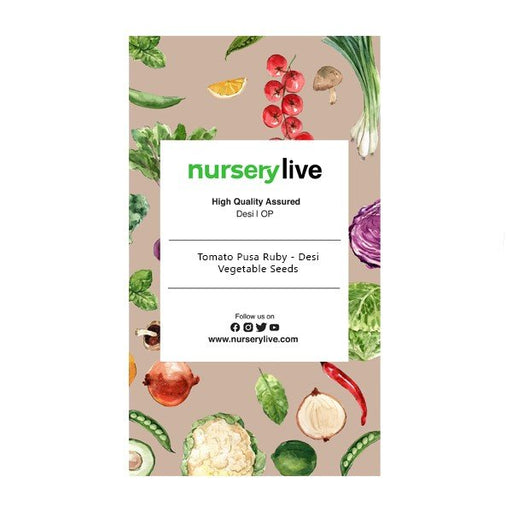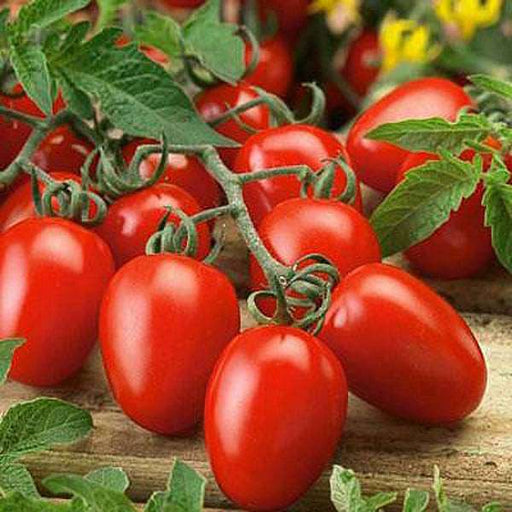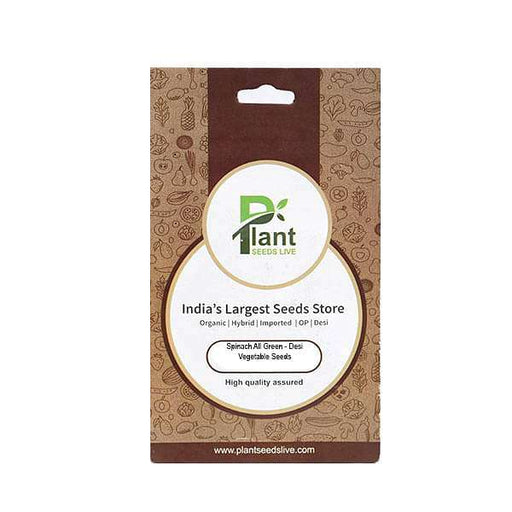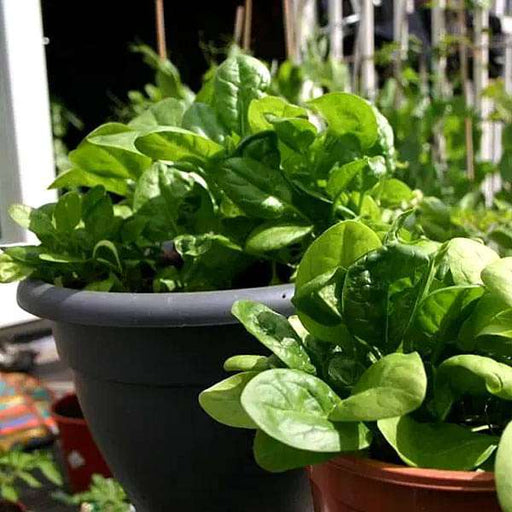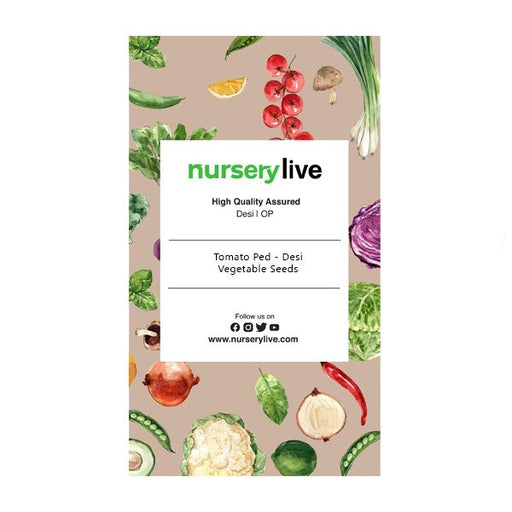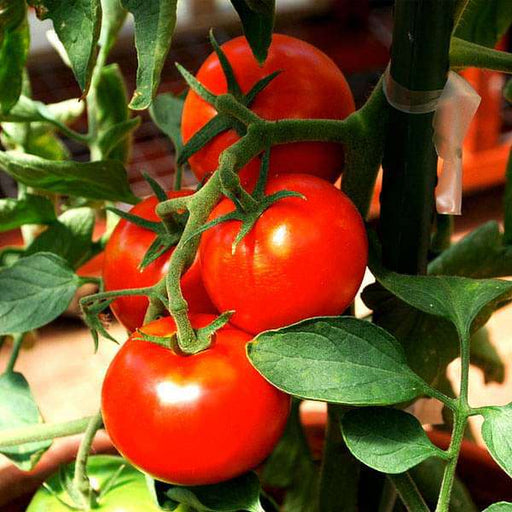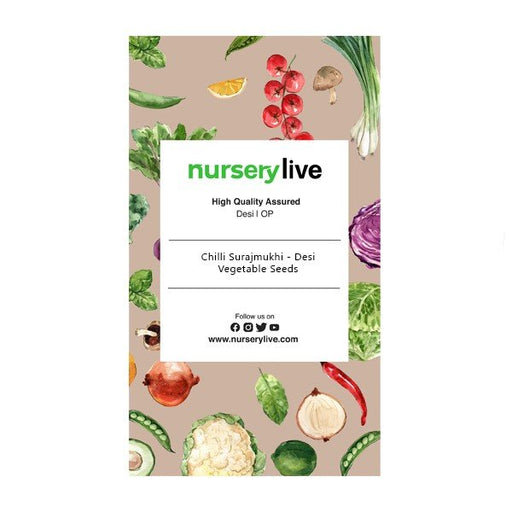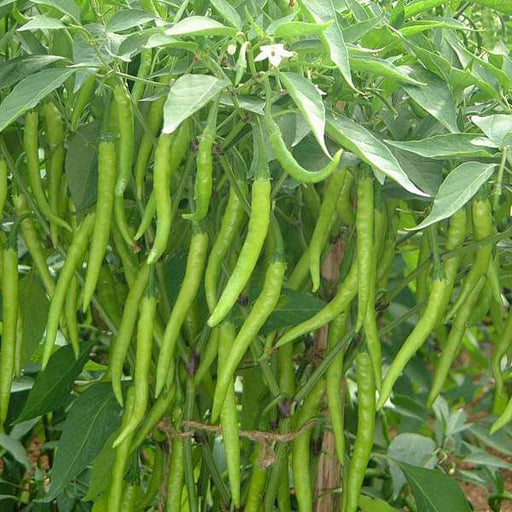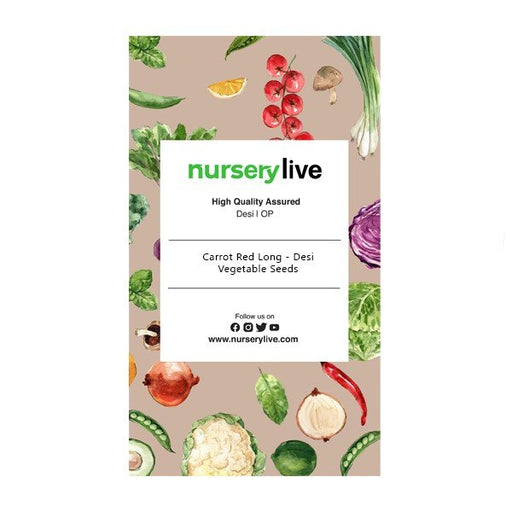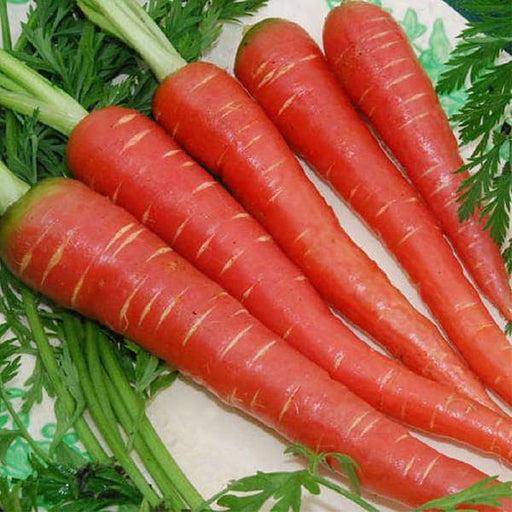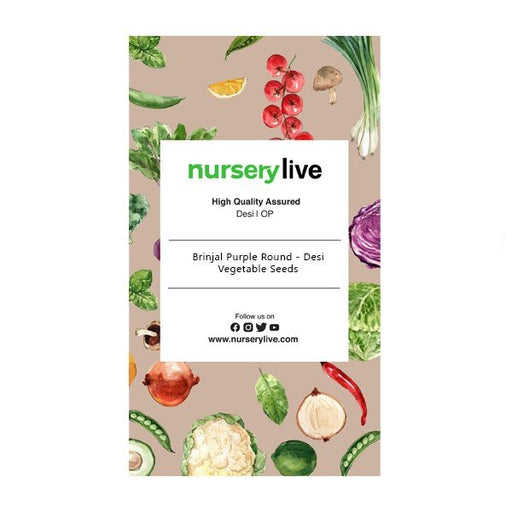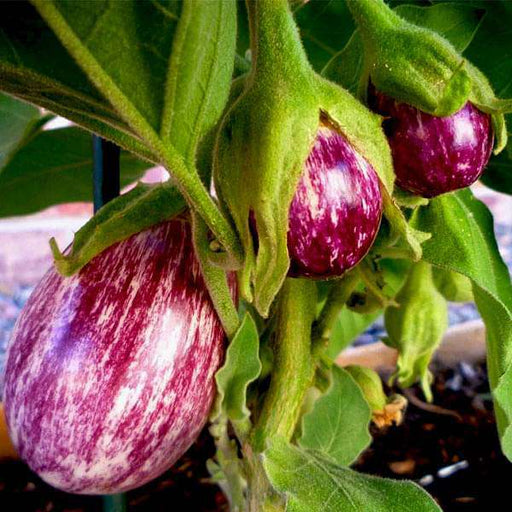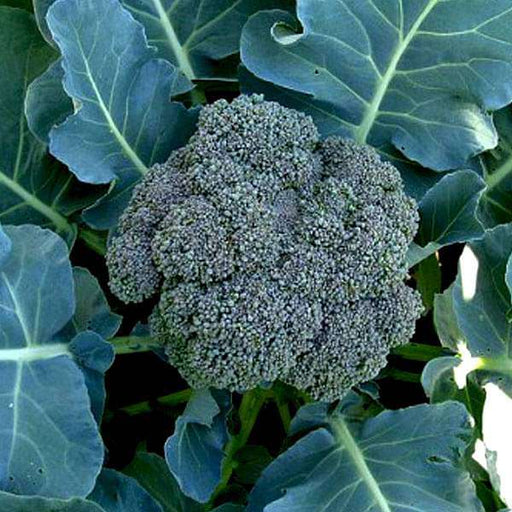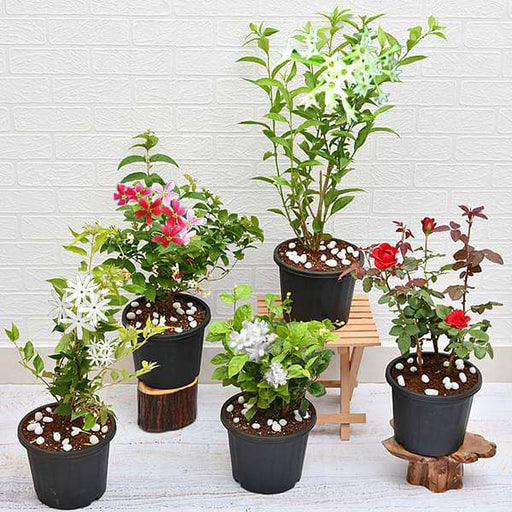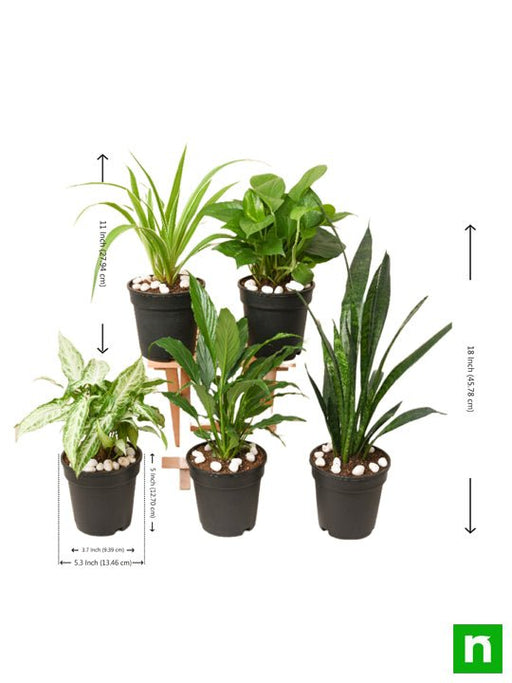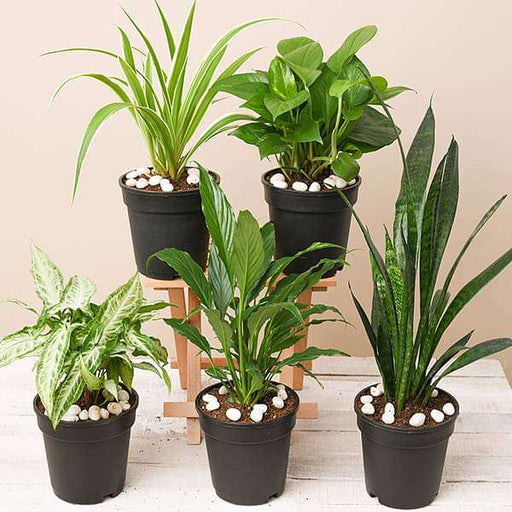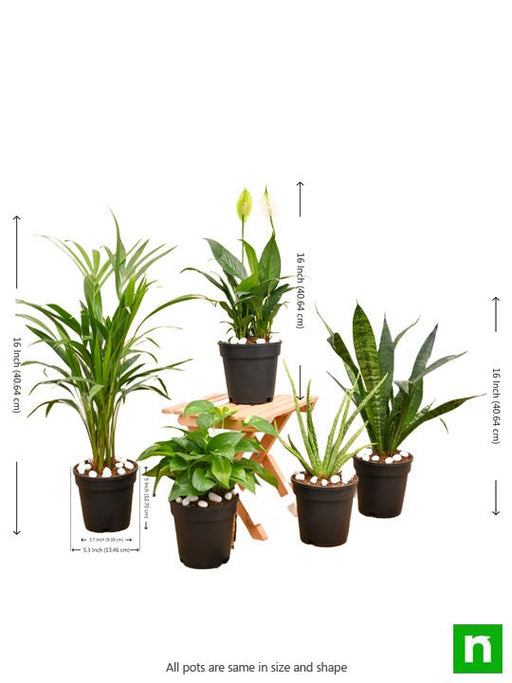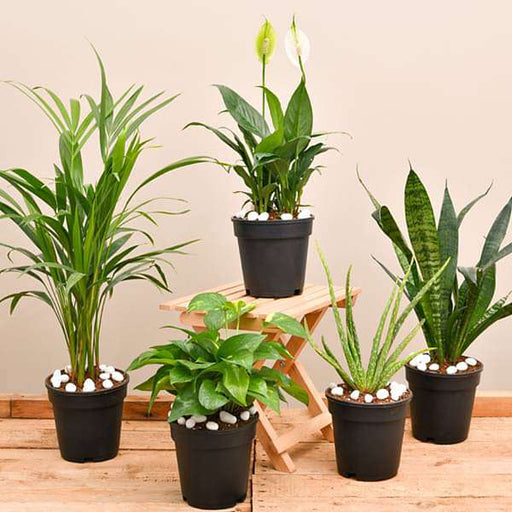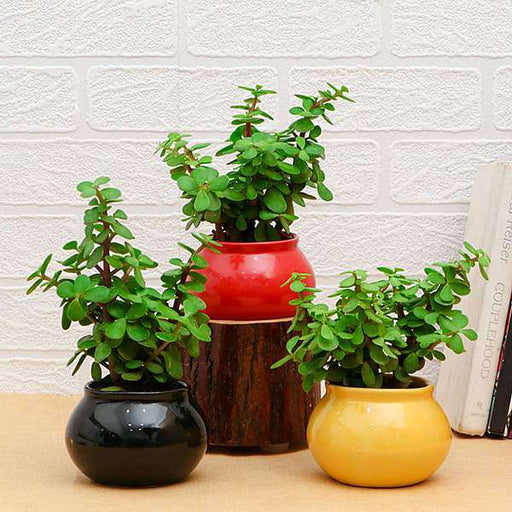Red Amaranth Benefits
If you think red amaranth is just a pretty face in the vegetable world, think again! This leafy green powerhouse is packed with vitamins A, C, and K, making it a nutritional superstar. It’s like the superhero of the garden, swooping in to save your health with its antioxidant properties. Plus, it’s a great source of protein and fiber, so you can feel good about munching on those vibrant leaves. Who knew being healthy could be so colorful?
Growing Red Amaranth
Ready to unleash your inner gardener? Growing red amaranth is as easy as pie—if pie were made of soil and sunshine! This resilient plant thrives in various conditions, from poor soil to full sun. Just sprinkle those seeds, water them like you’re giving them a spa day, and watch them flourish. In no time, you’ll have a garden that’s the envy of your neighbors, and they’ll be begging for your secret.
Red Amaranth Recipes
If you think red amaranth is just for salads, think again! This versatile veggie can jazz up your culinary repertoire. From stir-fries to soups, and even smoothies, red amaranth adds a pop of color and a nutritional punch. Imagine whipping up a vibrant amaranth pesto or tossing it into your morning omelet. Your taste buds will thank you, and your dinner guests will be left wondering if you’ve secretly enrolled in culinary school.
Nutritional Value of Red Amaranth
Let’s talk numbers! Red amaranth is not just a pretty leaf; it’s a nutritional heavyweight. With a whopping amount of protein, fiber, and essential vitamins, it’s like the Swiss Army knife of vegetables. One cup of cooked red amaranth can provide more calcium than a glass of milk. So, if you’re looking to boost your nutrient intake without sacrificing flavor, this leafy green is your go-to.
Red Amaranth vs. Spinach
In the battle of the greens, red amaranth and spinach are like the dynamic duo of the vegetable world. While spinach is a classic, red amaranth brings a unique flavor and a vibrant hue to the table. Plus, it’s more heat-tolerant, making it the cool kid in the garden. So, if you’re tired of the same old spinach routine, give red amaranth a whirl and watch your meals transform into a colorful feast.
Culinary Uses of Red Amaranth
Red amaranth isn’t just a pretty plant; it’s a culinary chameleon! You can sauté it, steam it, or toss it raw into salads for a delightful crunch. It’s also a fantastic addition to grain bowls, giving your dish that Instagram-worthy flair. Feeling adventurous? Try it in desserts! Yes, you heard that right—red amaranth can even make its way into sweet treats. Who knew healthy could be so deliciously versatile?
Red Amaranth in Traditional Medicine
For centuries, red amaranth has been the go-to remedy in traditional medicine. It’s believed to help with everything from digestion to inflammation. Think of it as your herbal sidekick, ready to swoop in and save the day when you’re feeling under the weather. So, next time you’re brewing a herbal tea, consider adding some red amaranth leaves for an extra health boost. Your body will thank you!
Harvesting Red Amaranth
Harvesting red amaranth is like a treasure hunt in your garden! Once those vibrant leaves are ready, it’s time to don your gardening gloves and get to work. Snip the leaves and stems, and don’t be shy—this plant loves a good trim. The more you harvest, the more it grows, so it’s a win-win situation. Plus, nothing beats the satisfaction of enjoying a meal made from your very own garden bounty.
Red Amaranth Seed Storage
So, you’ve grown a bountiful crop of red amaranth and now you’re wondering how to store those precious seeds. Fear not! Proper seed storage is key to ensuring your next gardening adventure is just as fruitful. Keep them in a cool, dry place, preferably in an airtight container. This way, you’ll be ready to sprinkle those seeds into the soil next season and continue your love affair with this vibrant vegetable.
Red Amaranth for Weight Loss
If you’re on a weight loss journey, red amaranth is your new best friend. Low in calories but high in fiber, it keeps you feeling full without the guilt. It’s like having your cake and eating it too—except the cake is a nutritious leafy green! Incorporate it into your meals, and you’ll be on your way to shedding those extra pounds while enjoying delicious, colorful dishes.
Red Amaranth in Sustainable Gardening
Looking to be a more eco-friendly gardener? Red amaranth is your sustainable superstar! It’s drought-resistant and grows well in poor soil, making it a low-maintenance option for the environmentally conscious. Plus, it attracts beneficial insects, helping to create a balanced ecosystem in your garden. So, while you’re saving the planet, you can also enjoy the vibrant beauty and health benefits of this amazing plant.
